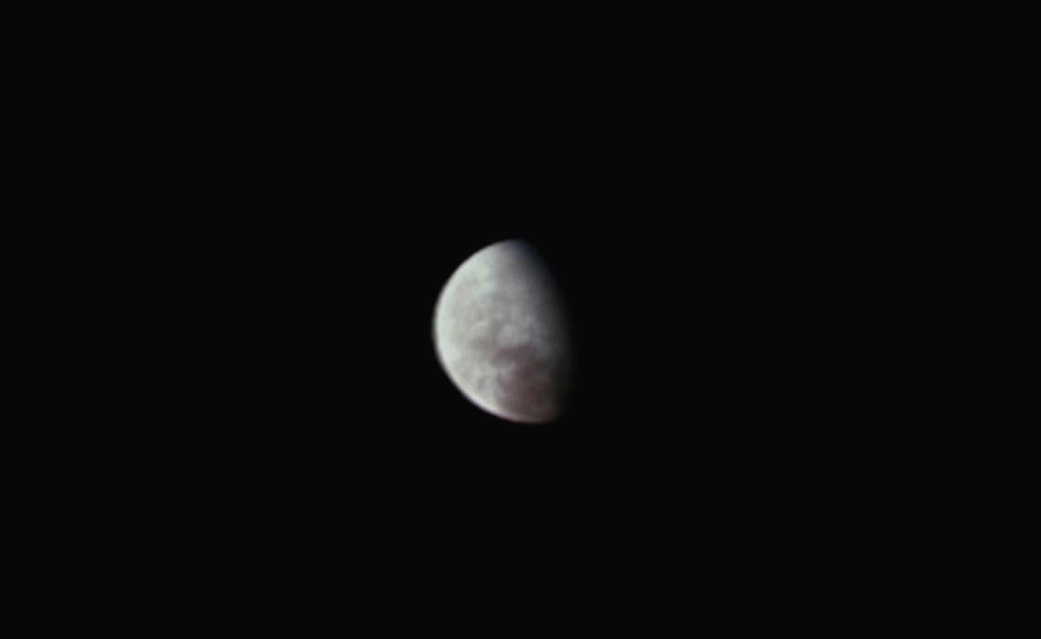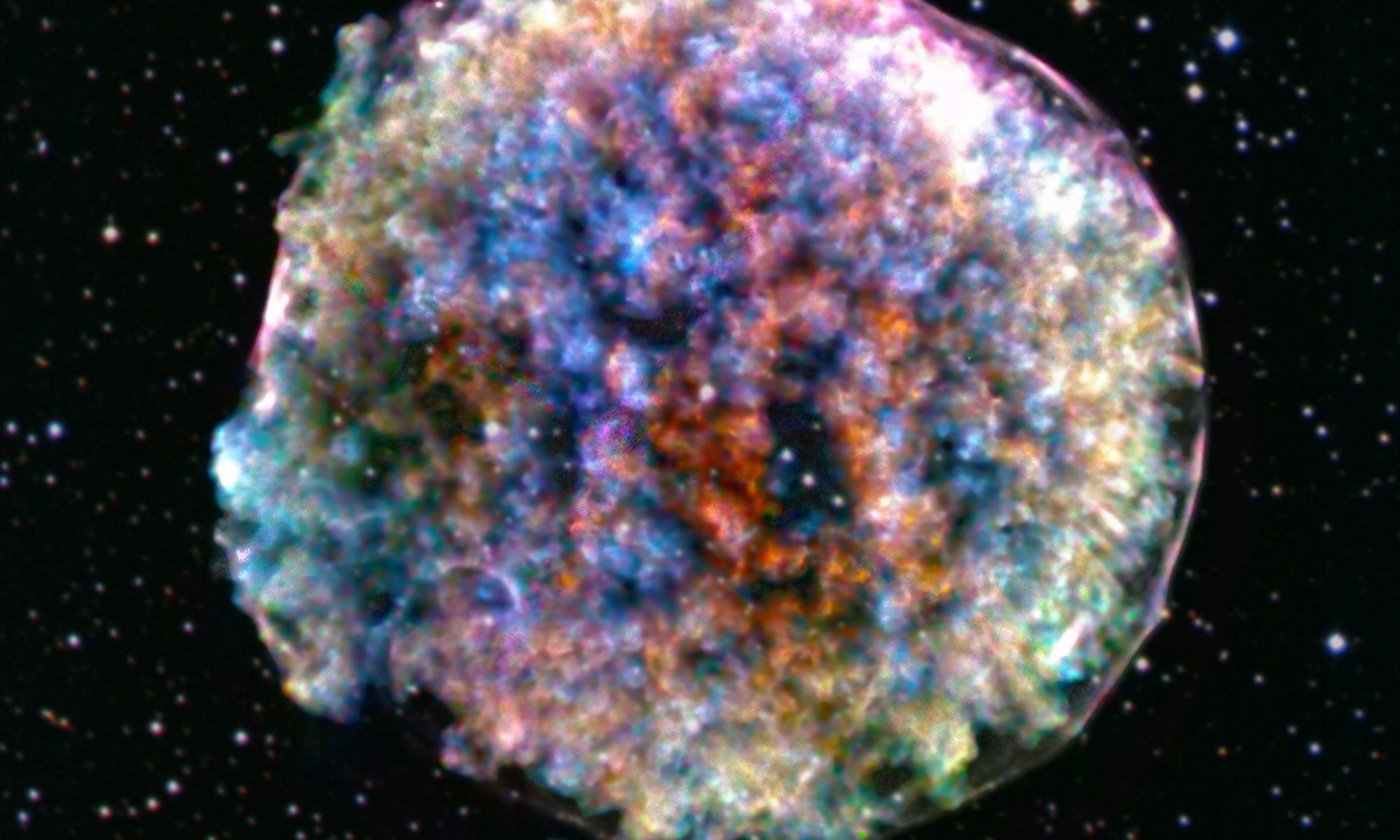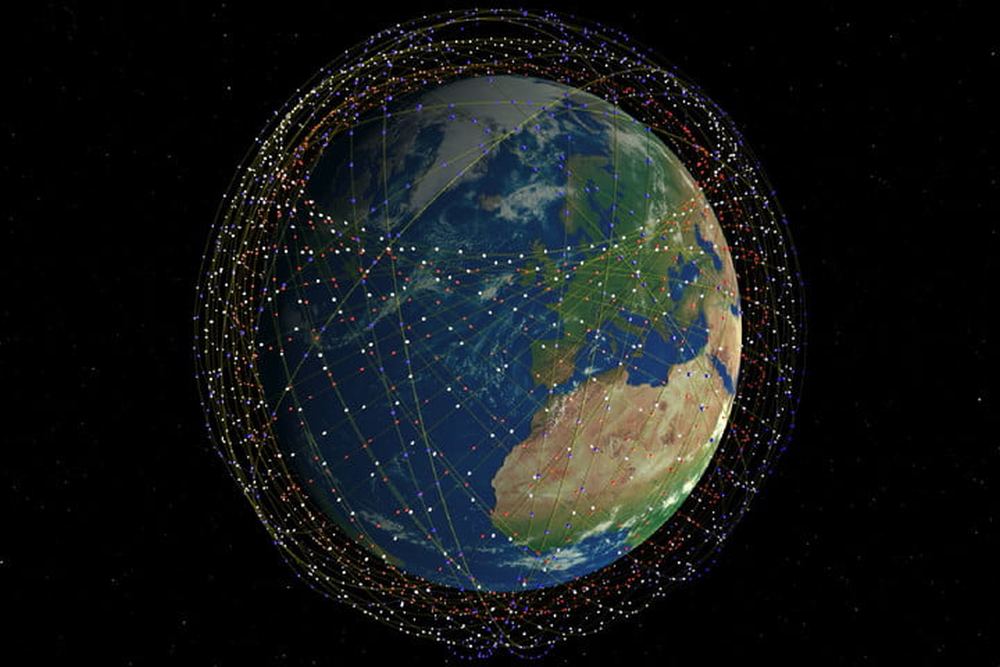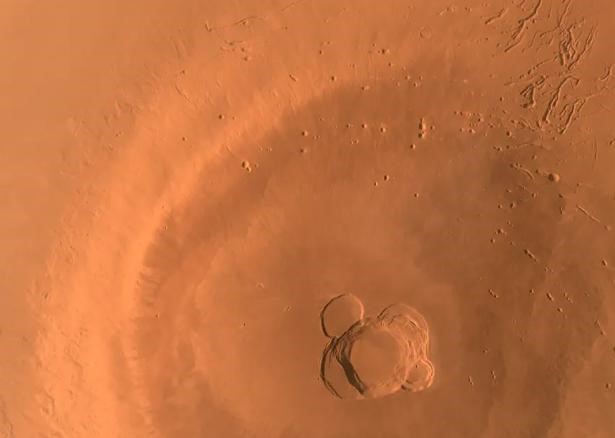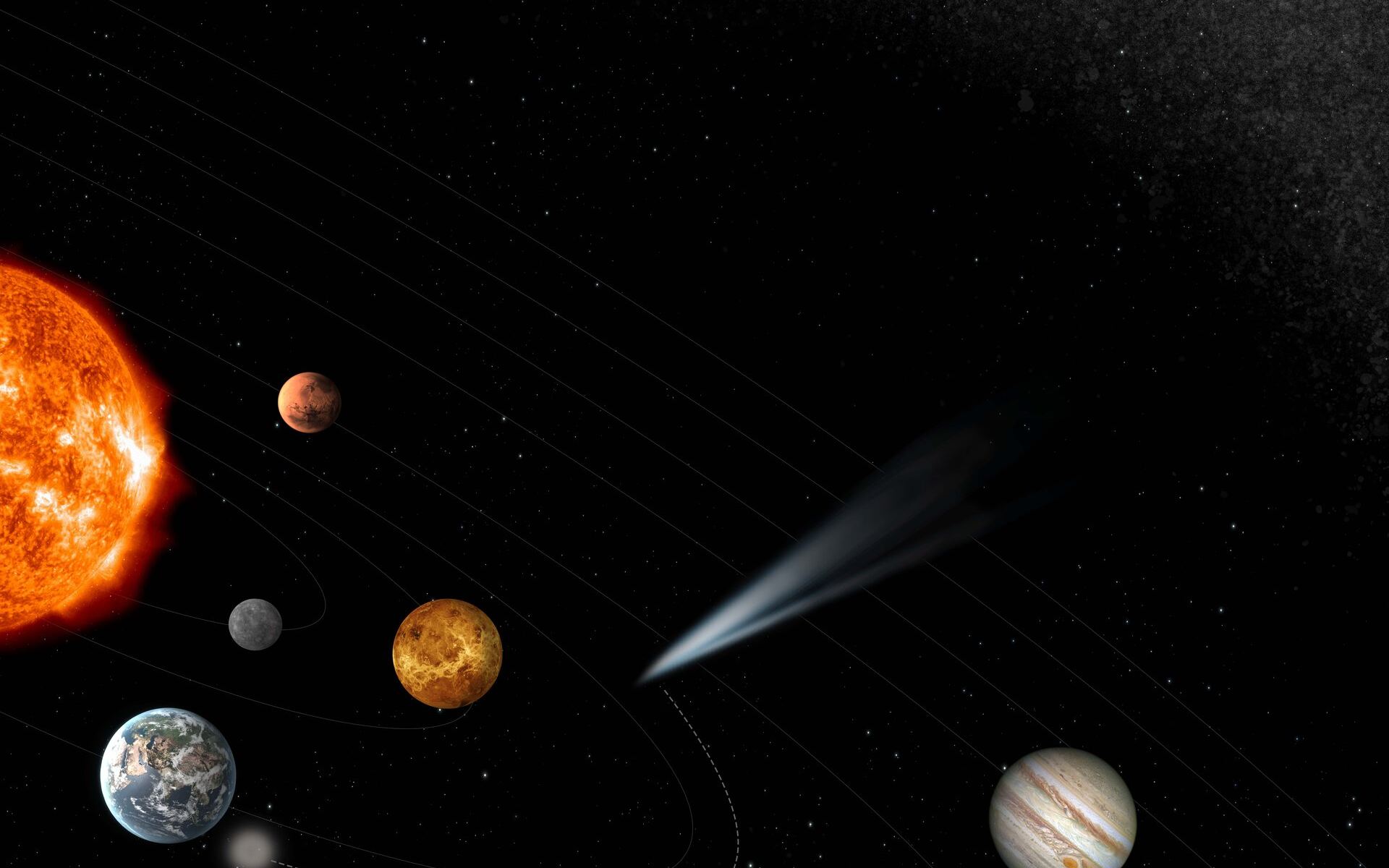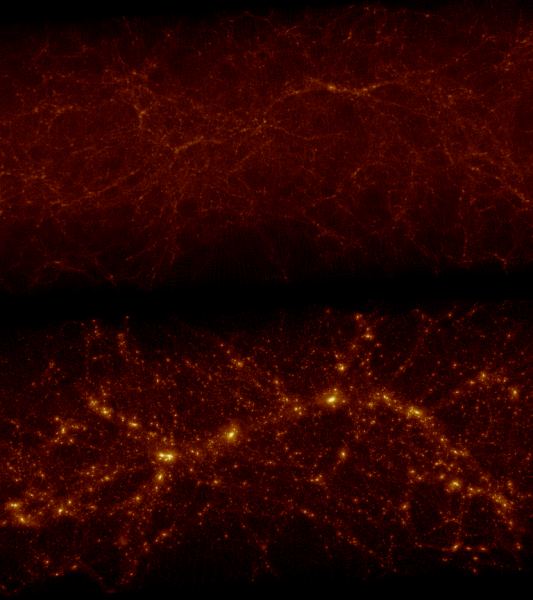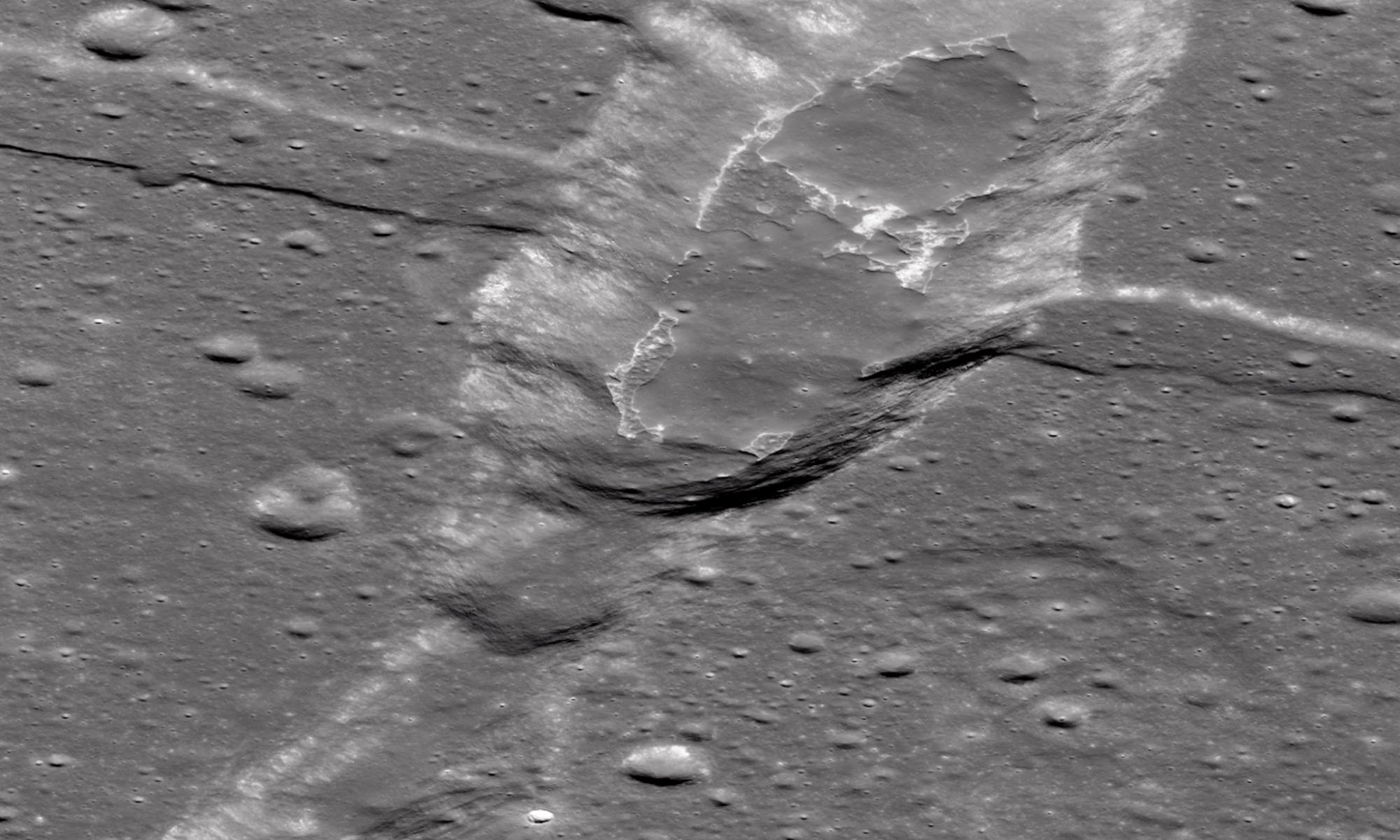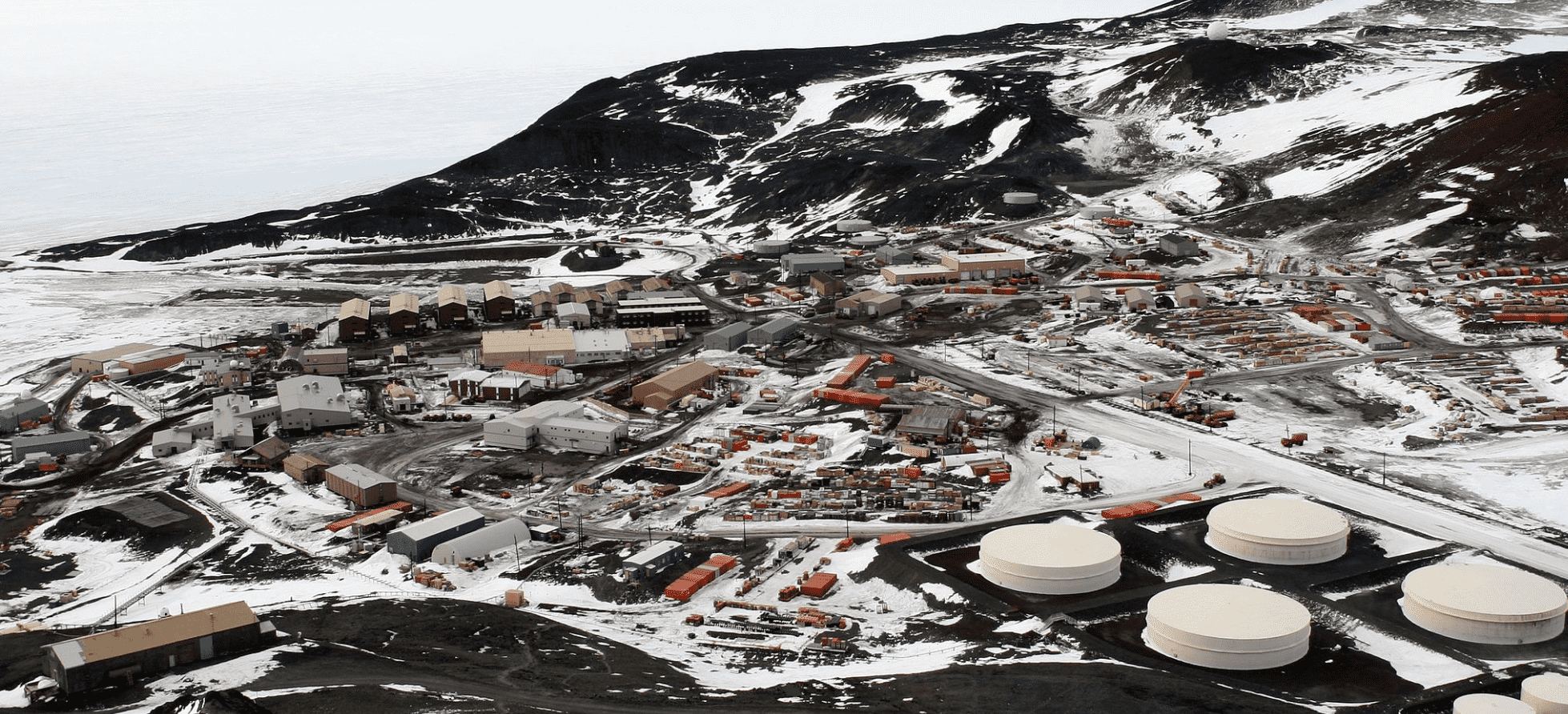This next week will mark a scientifically valuable achievement for NASA’s Juno mission, as the pioneering spacecraft is slated to fly within 358 kilometers (222 miles) of Jupiter’s icy moon Europa on September 29 at 5:36 a.m. EDT (2:36 a.m. PDT) as part of its extended mission to explore the Jupiter system. A flyby this close to Europa’s surface will allow Juno to acquire some of the highest-resolution images ever taken of the icy moon. For context, the last mission to explore Europa in depth was NASA’s Galileo spacecraft, which got within 351 kilometers (218 miles) of the surface on January 3, 2000.
Continue reading “NASA’s Juno To Skim the Surface of Jupiter’s Icy Moon Europa”Can Astronomers Predict Which Stars Are About to Explode as Supernovae?
In a recent study submitted to High Energy Astrophysical Phenomena, a team of researchers from Japan discuss strategies to observe, and possibly predict precursor signatures for an explosion from Local Type II and Galactic supernovae (SNe). This study has the potential to help us better understand both how and when supernovae could occur throughout the universe, with supernovae being the plural form of supernova (SN). But just how important is it to detect supernovae before they actually happen?
Continue reading “Can Astronomers Predict Which Stars Are About to Explode as Supernovae?”Flying to (Hypothetical) Planet 9: Why visit it, how could we get there, and would it surprise us like Pluto?
In a recent study submitted to Earth and Planetary Astrophysics, an international team of researchers discuss the various mission design options for reaching a hypothetical Planet 9, also known as “Planet X”, which state-of-the-art models currently estimate to possess a semi-major axis of approximately 400 astronomical units (AU). The researchers postulate that sending a spacecraft to Planet 9 could pose scientific benefits much like when NASA’s New Horizons spacecraft visited Pluto in 2015. But does Planet 9 actually exist?
Continue reading “Flying to (Hypothetical) Planet 9: Why visit it, how could we get there, and would it surprise us like Pluto?”Starlink Satellites Are Still Bright
The new generation of Starlink satellites remain above the accepted brightness threshold.
It’s one of the stranger sights of the modern Space Age. Recently, we found ourselves under the relatively dark skies of southern Spain. Sure enough, within a few minutes, we caught sight of a chain of flashing ‘stars’ winking in and out of view in quick succession.
Continue reading “Starlink Satellites Are Still Bright”China’s Tianwen-1 has Imaged the Entire Surface of Mars, Completing its Primary Mission
After exploring Mars for more than a year, China’s Tianwen-1 space probe has successfully taken images covering the entire Red Planet, China’s National Space Administration (CNSA) announced on June 29. Tianwen-1, which translates to “quest for heavenly truth”, consists of six separate spacecraft: an orbiter, two deployable cameras, lander, remote camera, and Zhurong rover. The images in question were taken by the orbiter while circling Mars 1,344 times, capturing images of the Red Planet from every angle while Zhurong explored the surface. in the statement, CNSA said the probe has now completed all of its tasks, which included taking medium-resolution images covering the entire planet.
Continue reading “China’s Tianwen-1 has Imaged the Entire Surface of Mars, Completing its Primary Mission”ESA Gives Green Light on its Comet Interceptor Mission
Comets, with their long, beautiful, bright tails of ice, are some of the most spectacular sightings in the night sky. This was most apparent when Comet NEOWISE passed by Earth in the summer of 2020, dazzling viewers from all over the planet while being mainly visible in the northern hemisphere. Even though the sky might look the same night after night, comets are a humble reminder that the universe is a very active and beautiful place.
Continue reading “ESA Gives Green Light on its Comet Interceptor Mission”These Galaxies are Definitely Living in a Simulation
Studying the universe is hard. Really hard. Like insanely, ridiculously hard. Think of the hardest thing you’ve ever done in your life, because studying the universe is quite literally exponentially way harder than whatever you came up with. Studying the universe is hard for two reasons: space and time. When we look at an object in the night sky, we’re looking back in time, as it has taken a finite amount of time for the light from that object to reach your eyes. The star Sirius is one of the brightest objects in the night sky and is located approximately 8.6 light-years from Earth. This means that when you look at it, you’re seeing what it looked like 8.6 years ago, as the speed of light is finite at 186,000 miles per second and a light year is the time it takes for light to travel in one year. Now think of something way farther away than Sirius, like the Big Bang, which supposedly took place 13.8 billion years ago. This means when scientists study the Big Bang, they’re attempting to look back in time 13.8 billion years. Even with all our advanced scientific instruments, it’s extremely hard to look back that far in time. It’s so hard that the Hubble Space Telescope has been in space since 1990 and just recently spotted the most distant single star ever detected in outer space at 12.9 billion light-years away. That’s 30 years of scanning the heavens, which is a testament to the vastness of the universe, and hence why studying the universe is hard. Because studying the universe is so hard, scientists often turn to computer simulations, or models, to help speed up the science aspect and ultimately give us a better understanding of how the universe works without waiting 30 years for the next big discovery.
Continue reading “These Galaxies are Definitely Living in a Simulation”The Moon’s Ancient Volcanoes Could Have Created Ice Sheets Dozens of Meters Thick
Everyone loves looking at the Moon, especially through a telescope. To see those dark and light patches scattered across its surface brings about a sense of awe and wonder to anyone who looks up at the night sky. While our Moon might be geologically dead today, it was much more active billions of years ago when it first formed as hot lava blanketed hundreds of thousands of square kilometers of the Moon’s surface in hot lava. These lava flows are responsible for the dark patches we see when we look at the Moon, which are called mare, translated as “seas”, and are remnants of a far more active past.
In a recent study published in The Planetary Science Journal, research from University of Colorado Boulder (CU Boulder) suggests that volcanoes active billions of years ago may have left another lasting impact on the lunar surface: sheets of ice that dot the Moon’s poles and, in some places, could measure dozens or even hundreds of meters (or feet) thick.
Continue reading “The Moon’s Ancient Volcanoes Could Have Created Ice Sheets Dozens of Meters Thick”SpaceX Starhopper Damaged in High Winds
Elon Musk indicates that the SpaceX Starhopper has been damaged after being toppled in 50 mile-per-hour winds. This will take a few weeks to repair.
Continue reading “SpaceX Starhopper Damaged in High Winds”I just heard. 50 mph winds broke the mooring blocks late last night & fairing was blown over. Will take a few weeks to repair.— Elon Musk (@elonmusk) January 23, 2019
Building Gas Stations and McMurdo Scale Outposts on the Moon
When you go on a camping trip, when is it really tough? When are you really roughing it?
It is really tough if there is no supply store and no facilities at the place you are going. If you have to bring everything with you in your car then that makes it tougher.
If there is a gas station, running water and cabins for rent, then it becomes more like a rest stop on the highway.
The moon is a continent-sized place that is cold and difficult. The Moon has frozen ice. What do we do when we seriously want to research a remote continent-sized place that is cold and difficult. The example of that is Antarctica. Antarctica has McMurdo Station and dozens of other research stations.
Continue reading “Building Gas Stations and McMurdo Scale Outposts on the Moon”

